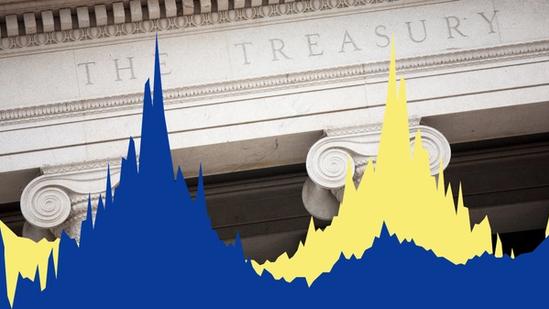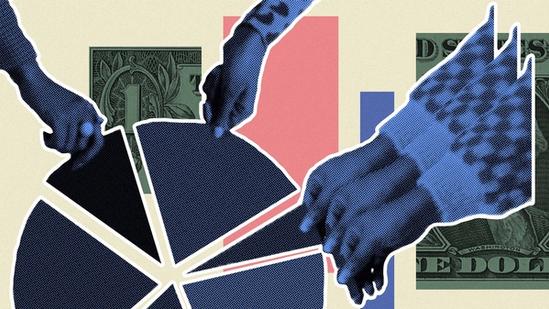The Importance of Diversification


What’s the one unbreakable rule of investing? Diversify, diversify, diversify.
The number one reason why people keep their money in cash rather than seeking higher returns elsewhere is fear. But there’s one simple trick that can ease those fears: diversification.
Diversification helps elevate investing beyond mere gambling. Anyone can walk into a casino and stick a chunk of change on black.
You either double your money in a moment or walk home with damp eyes and an empty wallet.
A gambler thinks only about potential gains. A well-diversified investment portfolio also helps protect against those pesky losses.
What is diversification?
Put simply, a diversified portfolio is one that holds a mix of assets: stocks, bonds, real estate, etc.
Assuming the assets are uncorrelated (we’ll come back to that later) then adding a second or third will cut the maximum drawdown and the risk-adjusted return of your overall portfolio.
The maximum drawdown refers to the worst peak-to-trough decline experienced by your investments and the risk-adjusted return is a measure of gains divided by volatility, or how much the price of your portfolio swings around.
They’re both ways of conveying how relaxed you’ll feel. Large drawdowns and high volatility are what keep investors up at night.
This isn’t snake oil. This is math. Do the sums and you can see these two measures move in your favor when you add diversification.
Adding diversification to your portfolio
Imagine you own some Apple stock. On a typical day, the price might rise or fall by maybe 0.5% or 1%.
Perhaps new economic data or comments from the Federal Reserve about the future path of interest rates change the outlook for stocks. Perhaps Apple announces a new product or reports quarterly profit numbers.
If you want to add a second stock that will increase your portfolio’s overall diversity, you’ll need to find something that moves in a somewhat different way to Apple – with somewhat different triggers.
Let’s try Eli Lilly, a US pharmaceutical giant.
When Apple announces disappointing sales of its latest gizmo, Eli Lilly’s stock is unlikely to react.
When clouds gather for the US economy, investors might shift money from companies reliant on consumer spending – like Apple – to healthcare companies where income is more guaranteed.
Simply put: when Apple stock has a bad day, Lilly might bail you out.
What are some examples?
Adding diversification doesn’t have to happen at the single-stock level.
You can also diversify your portfolio at the asset-class level, by splitting your money across stocks, bonds, real estate, commodities, and so on.
One classic of the genre is the 60/40 portfolio: 60% stocks and 40% government bonds. Much of the time, when investors feel good, stocks climb and bonds stay steady or fall.
When investors get the fear, stocks slide – but bonds are seen as safer and often get a boost.
The lower the correlation between two assets, the stronger the diversification benefit. Stocks and bonds have the advantage of being negatively correlated – at least most of the time.
Between 2000 and 2021, the correlation between monthly returns for a widely followed index of global stocks and one for global bonds was -0.07. In other words, when stocks fell 10% in a month, bonds would rise 0.7% – and vice-versa.
It's worth noting that this lovely negative correlation can break down – particularly in times of high inflation.
In 2022, for example, both stocks and bonds ended in the red. Yet that was the first time since 1977.
The best investors in the world have tried to crack the code of diversification to ensure reasonable returns no matter the conditions.
In the 90s, Ray Dalio of Bridgewater Associates, the world’s largest hedge fund, completed his work on the All Weather Portfolio. This spreads investments across stocks, gold and other commodities – with a large allocation to government bonds of various maturities.

Getting into alternatives?
But it’s not all just about stocks and bonds. Alternative asset classes are continuously changing and offer many opportunities (and risks) for investors.
Using the principles of diversification, many investors also add alternatives such as hedge funds, private equity, real assets and even crypto to round out their portfolios.
As with any investment, alternative asset classes each come with their own risk profiles and many will also incur a transaction or processing fee.
ThinQ by EQT: A publication where private markets meet open minds. Join the conversation – [email protected]




